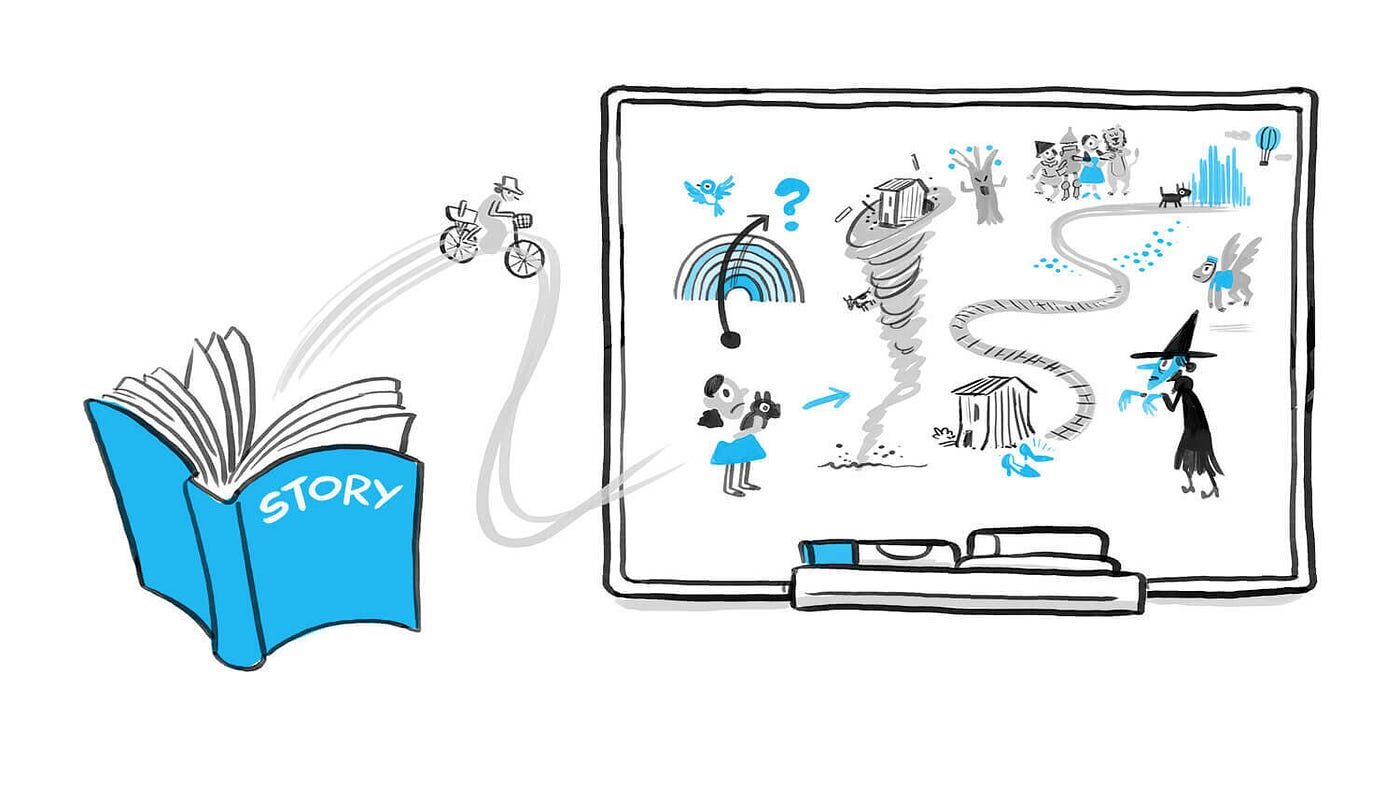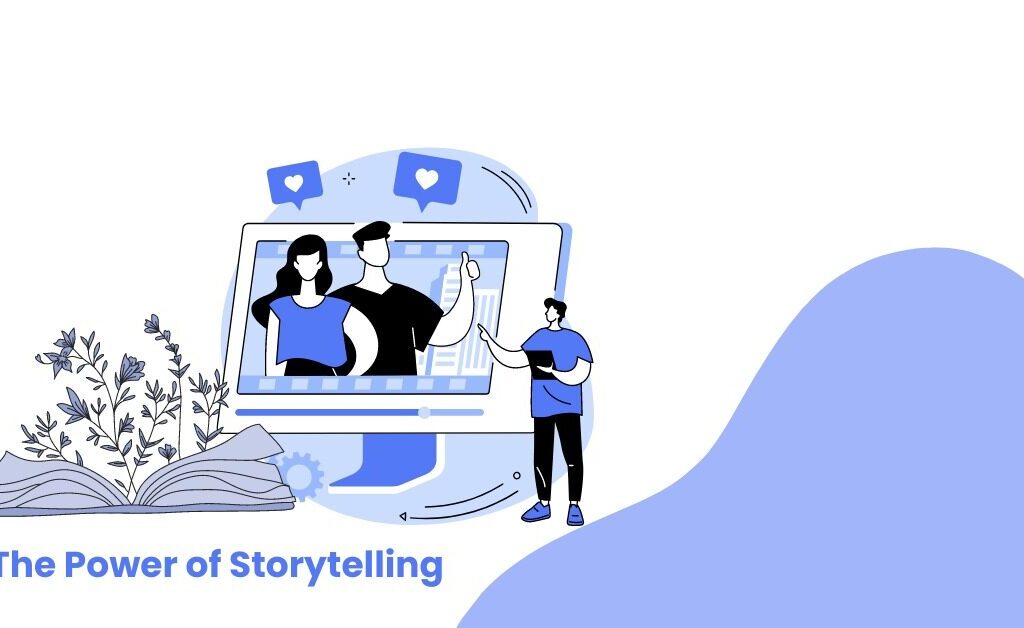
Have you ever gotten lost in a story, feeling the characters’ emotions as if they were your own? Imagine that kind of power at your fingertips – the ability to weave narratives that enthrall your blog readers and keep them coming back for more. That’s the magic of storytelling!
Storytelling is an ancient art form, a way of connecting with others through shared experiences. In the digital age, where attention spans are shorter than ever, captivating narratives can be the difference between a blog post that gets scrolled past and one that leaves a lasting impression. So, how do you harness the power of storytelling to elevate your blog content?
Unleashing the Storyteller Within: Why Storytelling Matters for Bloggers
Storytelling isn’t just about entertaining your readers; it’s about building a deeper connection. Think about it: facts and figures can inform, but stories resonate. They tap into our emotions, spark our imaginations, and make information more memorable. Here’s why storytelling is a secret weapon for bloggers:
- Boosts Engagement: Stories grab attention and hold it. By weaving a narrative into your blog posts, you entice readers to keep scrolling, eager to see how the story unfolds.
- Creates Connection: Stories allow you to connect with your audience on a deeper level. Shared experiences, relatable characters, and emotional journeys foster trust and a sense of community.
- Enhances Understanding: Complex concepts become more digestible when wrapped in a captivating story. Information presented within a narrative context is easier to retain and understand.
- Boosts Brand Identity: Stories can help you establish a distinct voice and personality for your blog. By sharing personal anecdotes and experiences, you create a human connection with your readers.
- Increases Shareability: People are naturally drawn to good stories. Compelling narratives are more likely to be shared and discussed, expanding your blog’s reach.
Storytelling isn’t just a fancy trick; it’s a powerful tool that can transform your blog content from informative to truly engaging.

The Art of Captivating Content: Techniques to Master Storytelling in Your Blog
Now that you understand the power of storytelling, let’s explore some techniques to weave magic with words and captivate your readers:
- Hook ‘Em from the Start: The first sentence is your golden ticket. Grab attention with a thought-provoking question, a surprising fact, or a relatable anecdote that sets the stage for your story.
- Craft Compelling Characters: Even blog posts can benefit from well-developed characters. This doesn’t mean creating elaborate backstories; it’s about presenting a relatable persona the reader can connect with.
- Embrace the Hero’s Journey: The classic hero’s journey – a character facing challenges, overcoming obstacles, and achieving a goal – is a powerful storytelling structure. Adapt it to your blog by presenting a problem your target audience faces, outlining the solution you offer (your blog post!), and highlighting the positive outcomes.
- Show, Don’t Tell: Instead of simply stating facts, paint a picture with your words. Use vivid descriptions, sensory details, and emotional language to immerse your readers in the story.
- Embrace Conflict: Conflict is the engine that drives a story forward. Identify the challenges your audience faces and showcase how your blog post offers solutions or guidance to overcome them.
- Vary Your Sentence Structure: Long, flowing sentences can be beautiful, but a healthy mix of sentence lengths keeps the narrative dynamic and engaging.
- End with a Bang: Leave your readers with a lasting impression. Conclude your story with a call to action, a thought-provoking question, or a powerful summary that reinforces your message.
By incorporating these techniques, you can transform your blog posts from dry, informative pieces into captivating narratives that resonate with your audience.
Finding Your Voice: Weaving Personal Stories into Your Blog
Stories don’t have to be fictional to be engaging. Sharing your own experiences, challenges, and triumphs can be a powerful way to connect with your readers. Here are some tips for incorporating personal stories into your blog:
- Identify Relevant Experiences: Think about your own journey related to your blog’s topic. Have you overcome challenges, learned valuable lessons, or discovered unique insights? These experiences can form the foundation for compelling narratives.
- Maintain Transparency: Be honest and authentic in your storytelling. Share your vulnerabilities and struggles alongside your successes. Authenticity fosters trust and connection.
- Find the Lesson: Every story has a takeaway. After sharing your personal experience, highlight the key lesson learned, the solution discovered, or the valuable insight gained. This connects your story back to your blog’s core message.
Storytelling Beyond Words: Engaging Visuals and the Power of Multimedia
Storytelling isn’t confined to written words. Visuals can be incredibly powerful tools for enhancing your blog’s narrative potential. Here’s how to incorporate multimedia elements:
- Images and Illustrations: Compelling images can capture attention, set the mood, and visually represent key points within your story. Use high-quality images relevant to your narrative and strategically placed within the post.
- Infographics and Data Visualizations: Complex data can be transformed into compelling narratives through infographics. Visual representations of statistics, trends, and comparisons make information easier to digest and retain.
- Videos and Podcasts: For a truly immersive storytelling experience, consider incorporating video or podcast elements into your blog. You can share personal stories, conduct interviews with experts, or visually represent key concepts through these mediums.
By strategically using visuals alongside your written narrative, you can create a more engaging and memorable experience for your readers.
Crafting Relatable Narratives: Understanding Your Audience and Their Needs
Compelling storytelling requires understanding your audience. Who are you writing for? What are their challenges, aspirations, and interests? Once you have a clear picture of your ideal reader, you can craft narratives that resonate with them.
- Targeted Storytelling: Consider the specific challenges or aspirations your target audience faces. Tailor your stories to address those needs, showcasing your blog as a valuable resource and guide.
- Empathy is Key: Step into your reader’s shoes. What are their pain points? What emotions might they be experiencing? By fostering empathy, you can create stories that truly connect with them on a deeper level.
- Embrace Diversity: Stories come in all shapes and sizes. Don’t be afraid to showcase a variety of perspectives and experiences within your blog’s narrative tapestry. This inclusivity broadens your reach and allows a wider audience to connect with your content.
Understanding your audience and crafting relatable narratives is crucial for ensuring your blog’s stories resonate and leave a lasting impression.
Read Similar Posts
- The Hidden Symbolism in Art: Decoding the Deeper Meanings Behind Famous Paintings.
- The Science of Sleep: Optimizing Your Sleep for Peak Performance
- The Power of Music: How Melodies Affect Our Emotions and Brain
Conclusion: The Magic of Storytelling in Blogging
Storytelling is a powerful tool that can transform your blog from informative to captivating. By weaving relatable narratives into your content, you can grab attention, build a deeper connection with your readers, and establish a unique voice for your blog. So, unleash your inner storyteller, experiment with these techniques, and watch your blog content come alive!

Storytelling for Bloggers: FAQs
FAQ 1: Where can I find inspiration for storytelling in my blog?
Inspiration is everywhere! Look at your own experiences, industry trends, current events, and even pop culture references that can be tied to your blog’s topic.
FAQ 2: What if I’m not a great writer?
Storytelling doesn’t require Shakespearean prose. Focus on authenticity, clarity, and engaging your readers in a conversational tone. Practice makes perfect, and the more you write, the more comfortable you’ll become.
FAQ 3: How long should my stories be?
Length isn’t as important as impact. Craft stories that are concise yet impactful, leaving your readers wanting more.
FAQ 4: Can I use humor in my storytelling?
Absolutely! Humor can be a powerful tool for breaking the ice, engaging your audience, and making your stories even more memorable.
FAQ 5: How can I measure the success of my storytelling efforts?
Track reader engagement metrics like comments, shares, and time spent on your blog posts. Positive feedback and increased engagement indicate your storytelling efforts are resonating with your audience.


